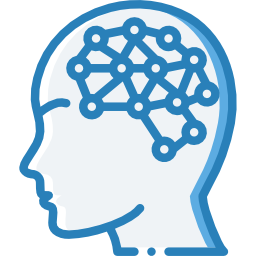

wow. Someone besides either author got all the way here in the thread to downvote the guy saying open source communities shouldn’t keep people around who make volunteers uncomfortable. Like, what exactly was lost here? A guys right to do free labor? Python is just about the worst language for any task you can imagine anyway, yet someone is going around spending their free time picking 3rd party fights about the community that manages it.
question for the downvoters:
Why do you care? Personally, I like having women and racial minorities in computer science. That’s why I care.
But why would you defend Tim? Please note that I’m not saying you shouldn’t-- it’s just clear that this was never an argument in good faith.





COVID research made generic sequencing for viruses and bacteria incredibly cheap. You can run a PCR test for most things now for $10 (USD) or less. This opens a whole world of highly specific diagnostics and cheap, hyper-personalized treatments.
Also, MRNA vaccines are being tested for several other diseases and it seems very promising.